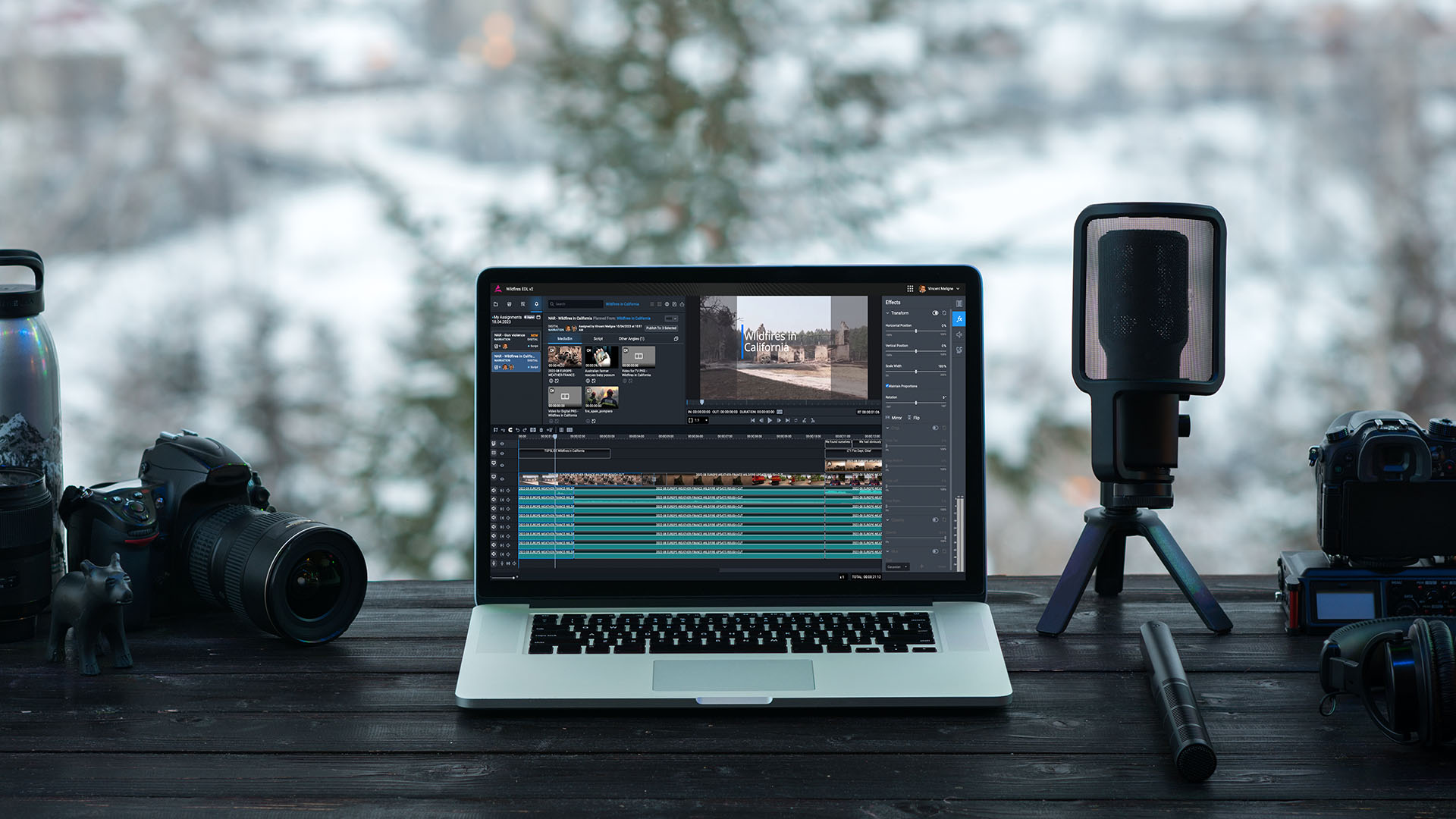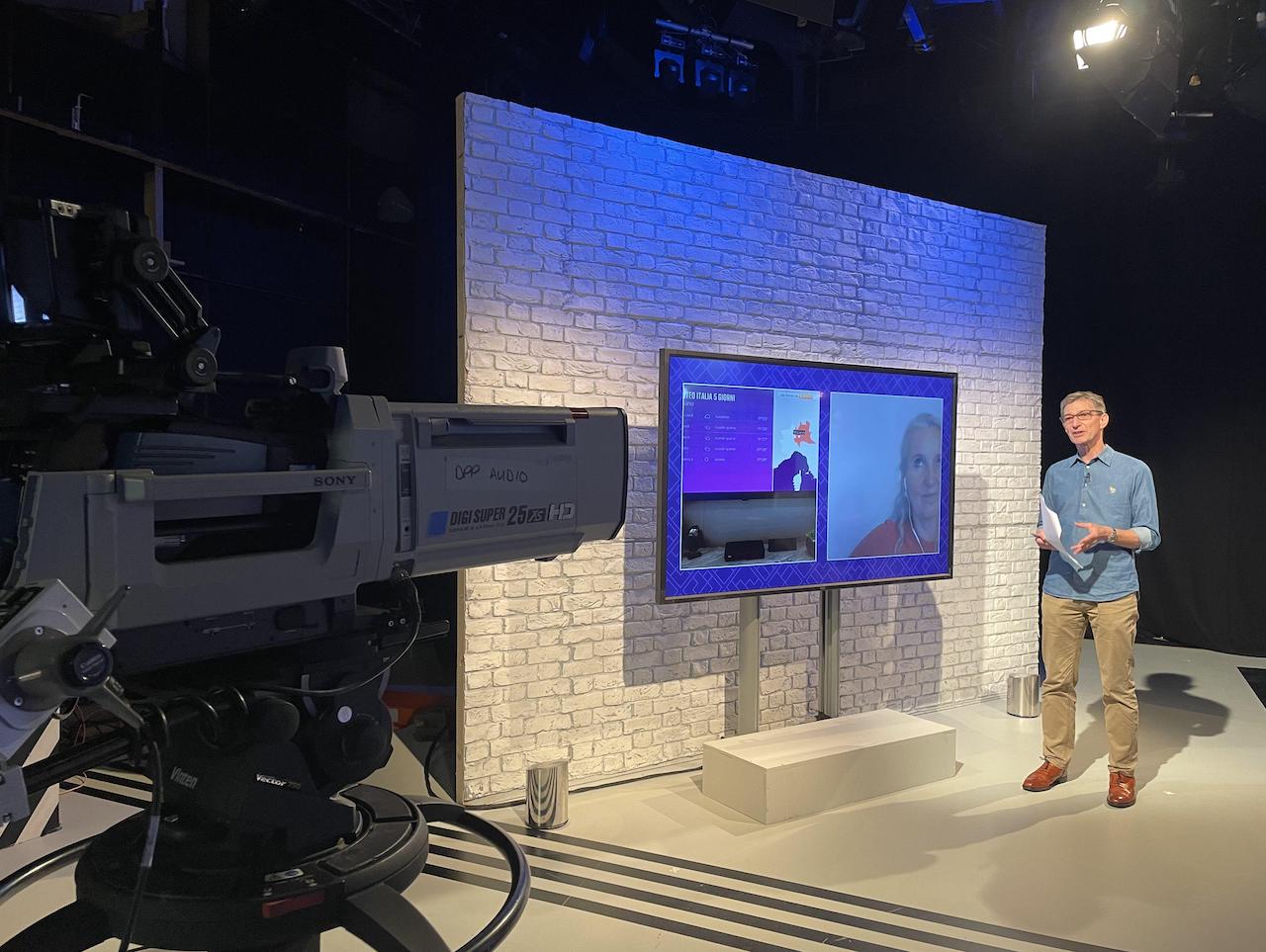Readers of this blog might have the impression that the Digital Production Partnership (DPP) is an initiative with relevance only within the UK, where it was developed. This understanding is entirely wrong – at NAB earlier this month, we received expressions of interest from just about every continent:
So what do we take from this – mainly that DPP is just the first set of national scale application specifications of the MXF format, but almost definitely it won’t be the last. So let’s look a little closer at this set of standards and ask how it might have appeal beyond the UK.
Firstly, and importantly, DPP is defined by broadcast industry users to meet a business need for media interchange, not by the vendors to meet a business need to sell more software (what am I saying!!). So, the focus is on best practice within file-based workflows as defined by the people and organizations that are working in this area day-in, day-out.
DPP makes current standards work
Another important factor is that DPP is NOT a new standard. It is a set of constraints on existing standards and tools to meet an economically big enough market. It provides a framework that enables the UK industry to come together and share best practice in digital production and help producers and broadcasters maximize the potential of the digital revolution. Also, it leads the standardization of technical and metadata requirements within the UK, helping to ensure digital video content can be easily and cost-effectively distributed to audiences via multiple platforms.
In a world of extremely diverse media utilization, it is impossible to create a “one shoe fits all” media format. The business requirements for archiving the production master of a new movie are different from the business requirements for exchanging a metadata rich proxy across a business network. The best we can do is to have a hierarchy of standards that reduce the number of variants in an application.
MXF is the toolbox standard. OP1a is the complexity constraint of the MXF toolbox. AS11 is the application constraint of the OP1a pattern. DPP is the shim (smallest specification) that defines how that application will be used in a given environment i.e. the UK Digital Production Partnership.
Unicode ready
DPP uses technologies that are Unicode ready. This means it will functionally work for Europe, the Americas and Asia. So, if other countries wish, they can take the DPP standard and immediately benefit from the very large amount of standardization work that has been done in the UK. I’m a great believer in economy of effort, and in this respect choosing DPP as a model to reduce the effort in developing new international implementations appears to be a ‘no brainer’.
Looking at the challenge from an international context, content interchange is a global business with a local twist. The interchange metadata may have to be localized into different languages and different cultural needs. DPP is a great template for how to do that.
The alternative will be costly
Looking at the challenge from a different perspective it soon becomes clear that the cost and effort of radically diverting from DPP is huge. Copying DPP leverages the technology constraints AND the hard work put in by the vendors to date. These vendors operate within international markets and we will be delighted to see this work being carried over into other territories – it almost reaffirms your confidence in the innate intelligence of mankind!
Aside from economy of effort, at AmberFin we are also great supporters of a simple approach – even to big and complex challenges. DPP is designed to be simple for the small production houses AND for the big broadcasters. Keep it simple, cover 90% of the needs with 10% of the effort and it will be adopted
The standards are openly and freely (no charge) available. Your market can reduce costs, just like the UK is doing.
Featured in: Digital Production | DPP | File-Based Workflows | Metadata | MXF |
With 30 years in the industry, Bruce looks after Media Technology for Dalet. An engineer who designed antennas, ASICs, software, algorithms, systems and standards, Bruce is best known for being @MrMXF and you can get his book on Amazon.
More Articles By Bruce



